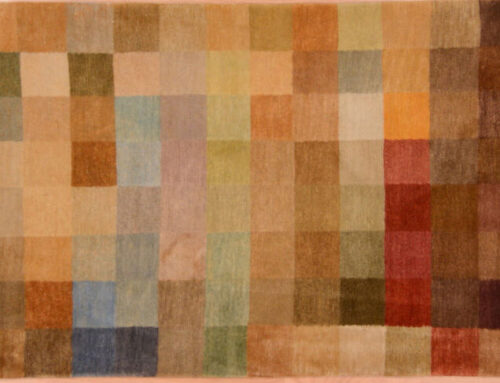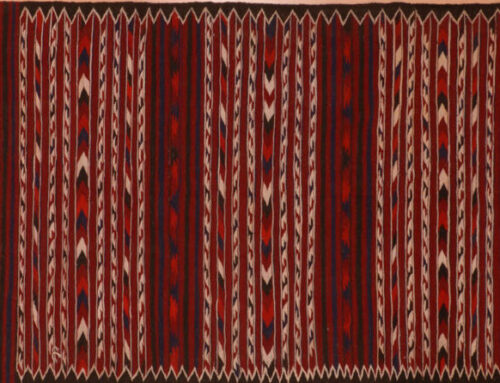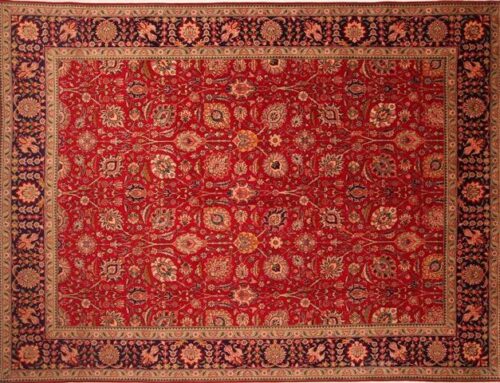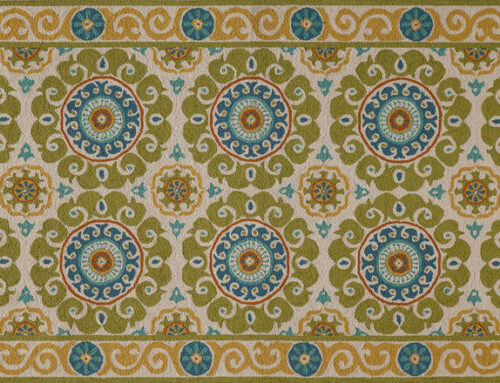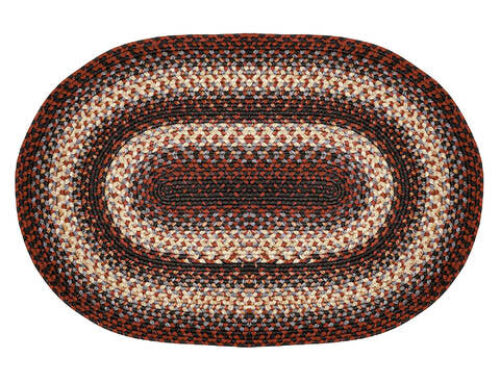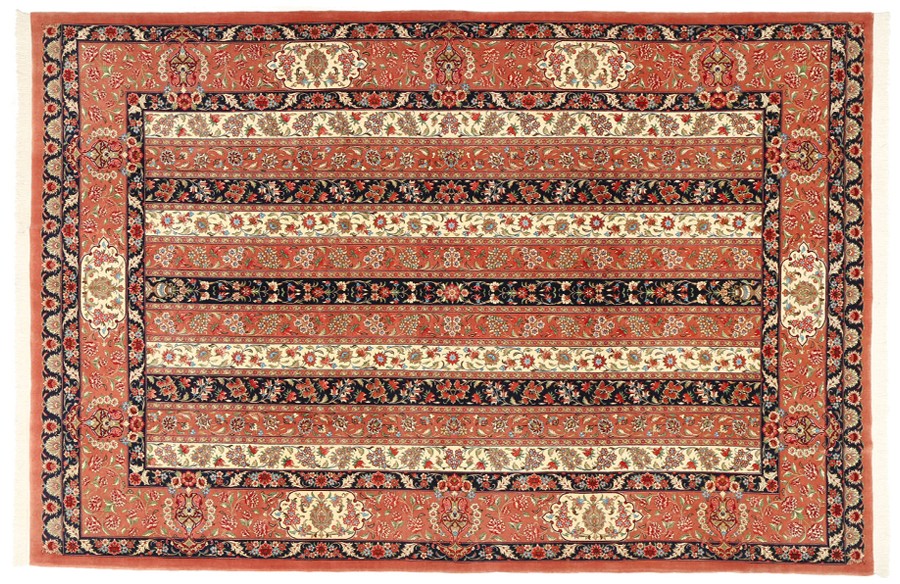
Origin of Elam Rugs
Elam rugs originate from Elam or Ilam, one of the oldest cities in the world and historically very important in ancient Samaria. Semi-nomadic tribes around the Kurdistan Mountains in the western part of Iran create magnificent hand woven rugs and rug runners in designs that portray their traditions and culture. The district of Khamseh is a center for the production of Elam rugs and rug runners for a number of tribes in the region including the Senjabi, Herki, Jaffid, and Gurani.
History of Elam Rugs
Elam rugs and rug runners are generally Kilims – ones of the flat weave construction in which the weft yarns form the flat looped face of the rug. Elam rugs and rug runners are extremely well known and very popular.
Each piece is truly unique in color, design, and texture. The use of many colors on Elam rugs and rug runners creates a very exciting look that really makes a statement. They will liven up any home with their brightness and lovely colors, and will complement any décor from antique to modern.
Characteristics of Elam Rugs
-
Material and Knots
The foundations on Elam rugs and rug runners are cotton and the pile is always wool. The weave will vary from loosely knotted to dense depending on the individual rug.
The most common knotting technique used for Elam rugs and rug runners is the asymmetrical Persian knot. Although the symmetrical Turkish knot is also used, it is much less frequent.
-
Color
Natural dyes are used for the colors which range from earthy tones to the very bold and dramatic.
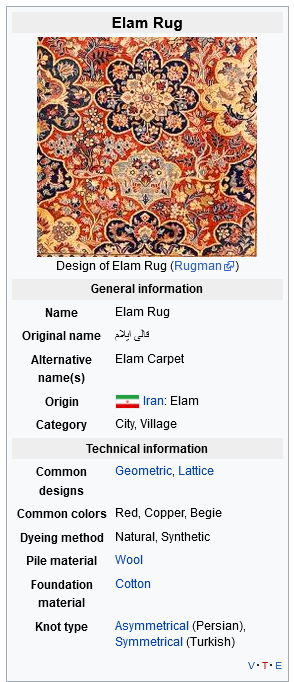
Elam Rug Infobox | © WikiRug
-
Design and Pattern
The designs and motifs on Elam rugs and rug runners are highly symbolic and were used almost in the way that we use language today. Over time some of the symbols merged with myths, giving them a hidden meaning as well. The designs on Elam rugs and rug runners are predominantly simple geometric patterns symbolizing birth, reproduction, life, and immortality in beautiful shades of red and rust.


